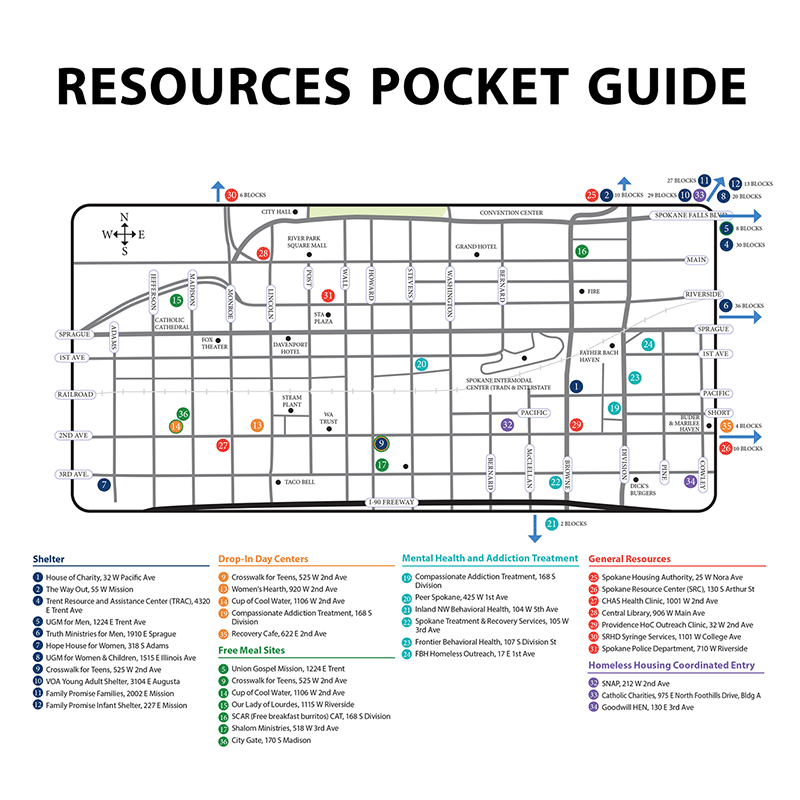Chronic Homelessness
Individuals identified as chronic homeless are those that have a disability and have been living in a place not meant for human habitation, emergency shelter, or safe haven for at least one year, either consecutively or on 4 separate occasions totaling one year during the past three years. The United States Interagency Council on Homelessness (USICH) estimates that as of the 2016 annual PIT count, 77,486 people are experiencing chronic homelessness nationally with 24,596 being unsheltered. During the 2017 Point in Time (PIT) count in Spokane County, 325 persons were identified as chronically homeless, which is a 73% increase since the 2016 PIT count.
Individuals experiencing chronic homelessness need an additional layer of services to acquire and maintain successful permanent housing. These services are tailored to the client's level of need to achieve success. Our local continuum of care strategically leverages various local, State, and Federal funds in order to provide Permanent Supportive Housing (PSH) where persons experiencing chronic homelessness can access mainstream resources and work with their case manager to address the factors that contributed to their time displaced.

What does it mean to end chronic homelessness?
Ending chronic homelessness does not mean no person will ever experience homelessness, but rather should it occur, our community has a comprehensive response to ensure that it is rare, brief and non-recurring. HUD dictates that in order to effectively end homelessness among those identified as chronically homeless, we have identified all persons experiencing chronic homelessness and that our community provides shelter immediately to those experiencing chronic unsheltered homelessness who want it. Our community must also provide service-intensive transitional housing only in limited instances, and our community must have the capacity and effectively prioritize people for permanent housing. To ensure homelessness is non-recurring, our community must have the resources, plans, partnerships and system capacity in place to make sure anyone identified as chronically homeless does not fall into homelessness again or, if they do, they are quickly reconnected to permanent housing.
Related Documents
- HUD CoC Chronic Homelessness Documentation Form (PDF 873 KB)
Items of Interest
System Maps
- Spokane Homeless System Map (PDF 343 KB)
- Spokane Youth System Map (PDF 142 KB)

Resources Pocket Guide
Updated on December 06, 2023
